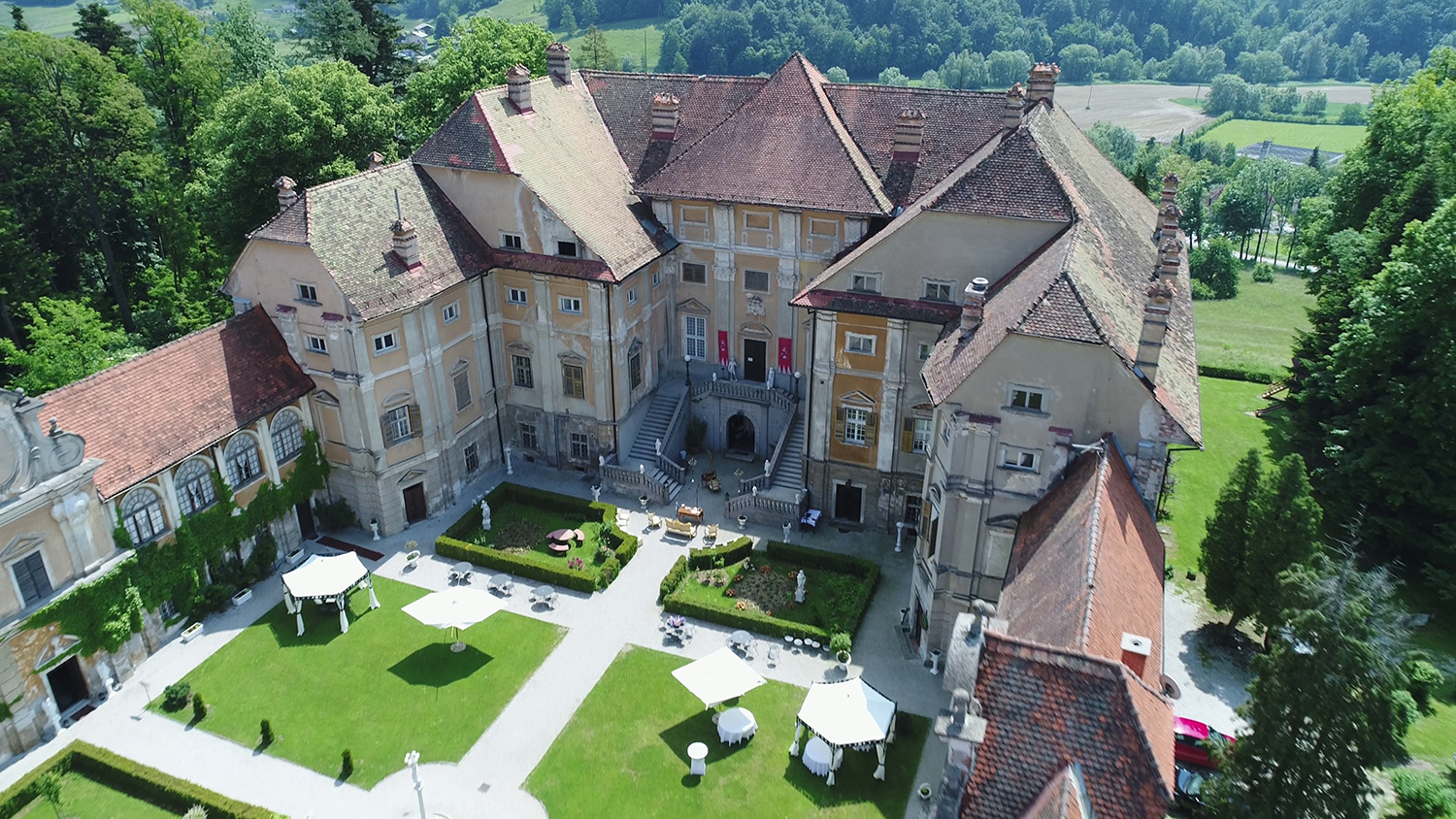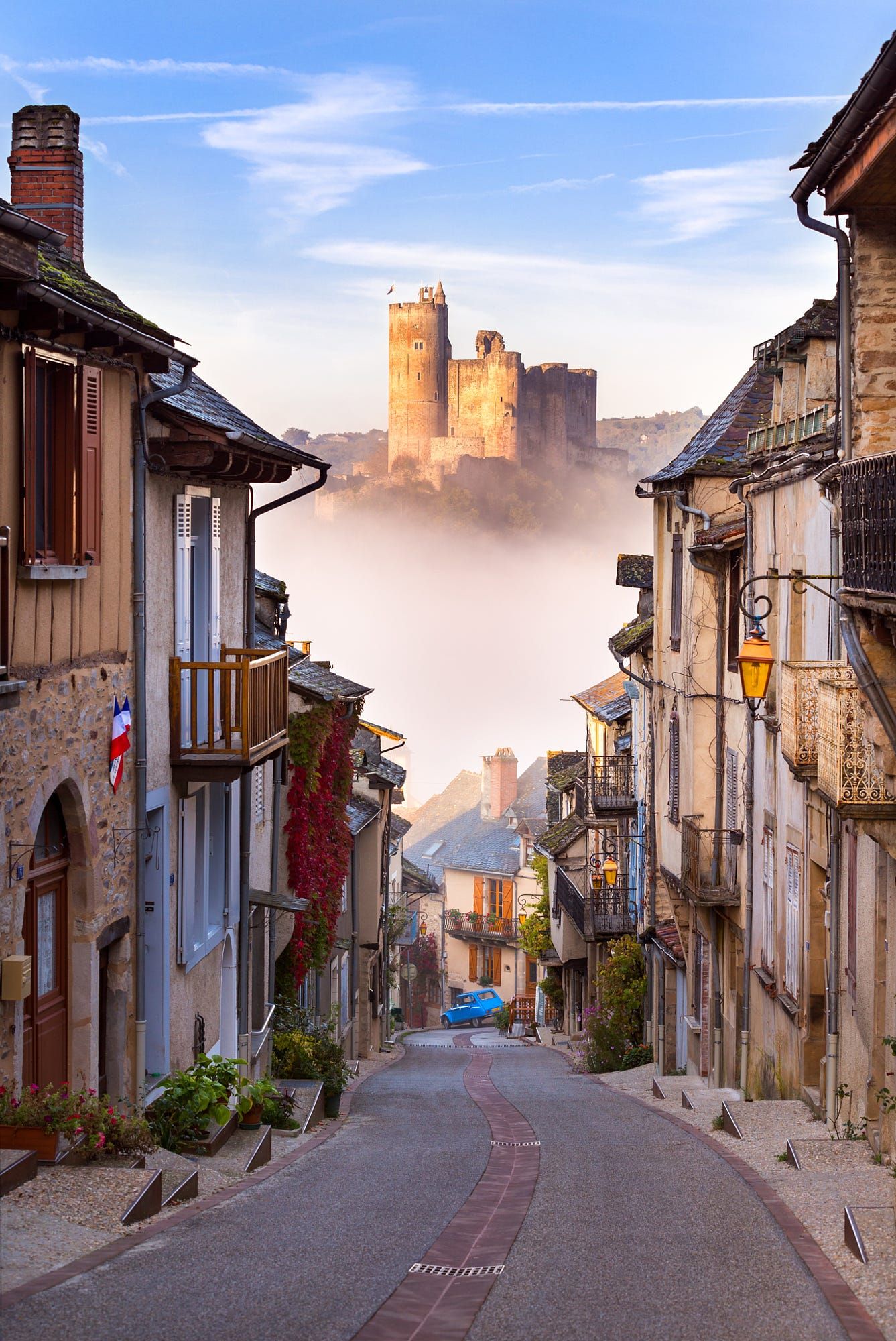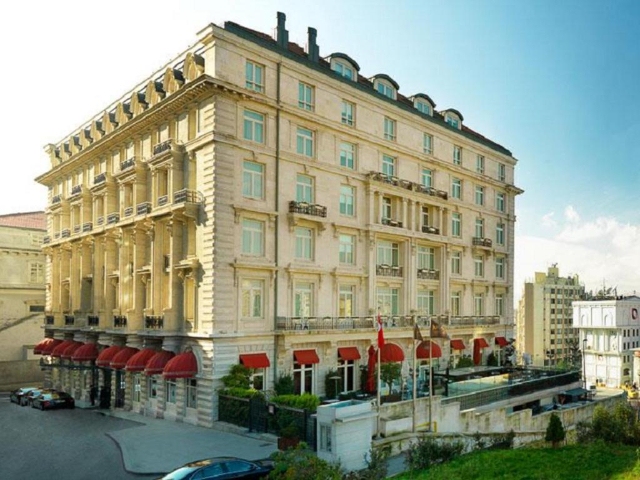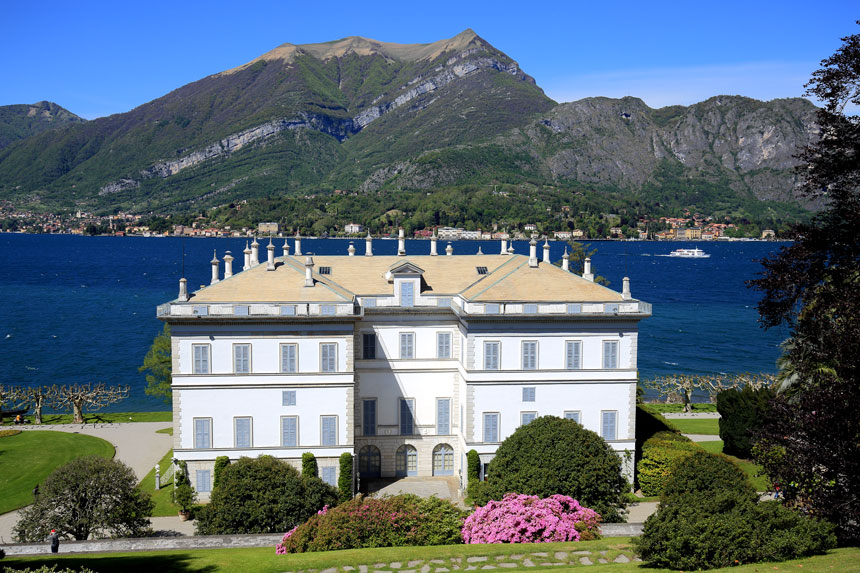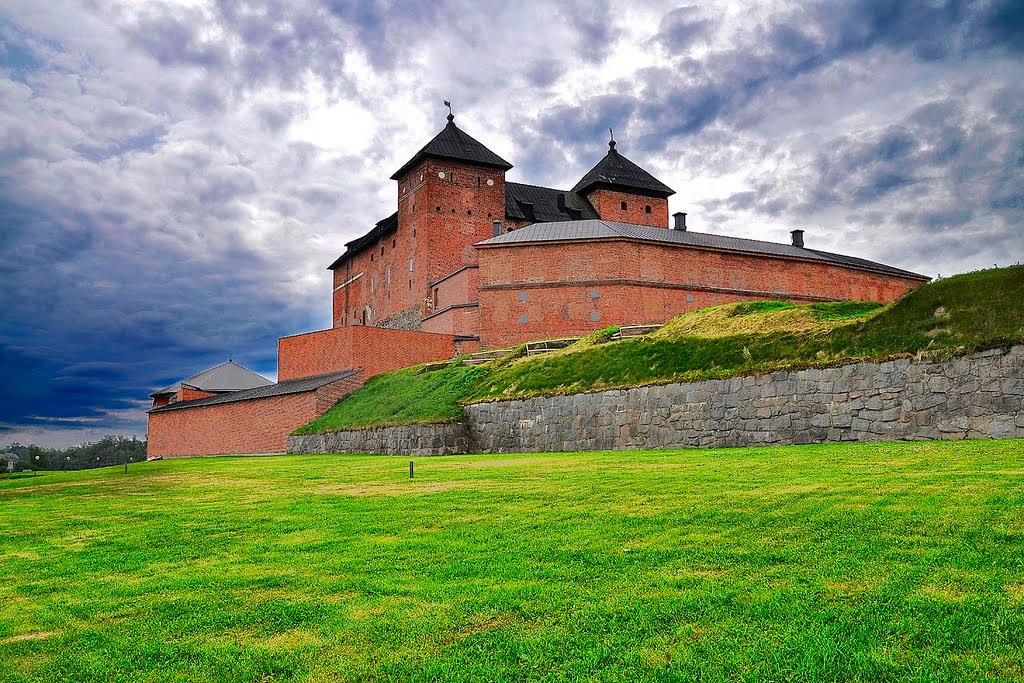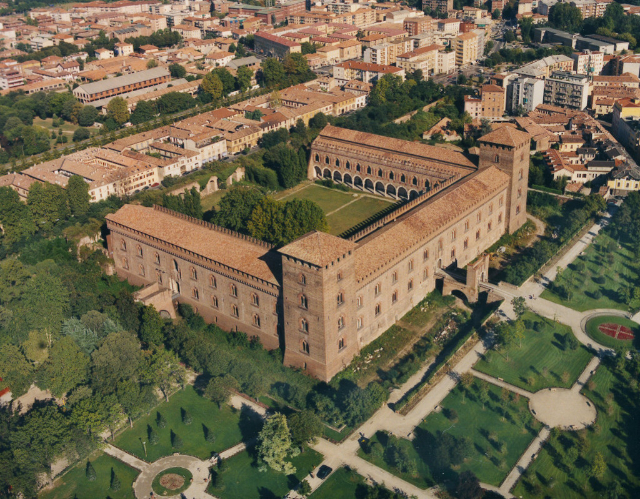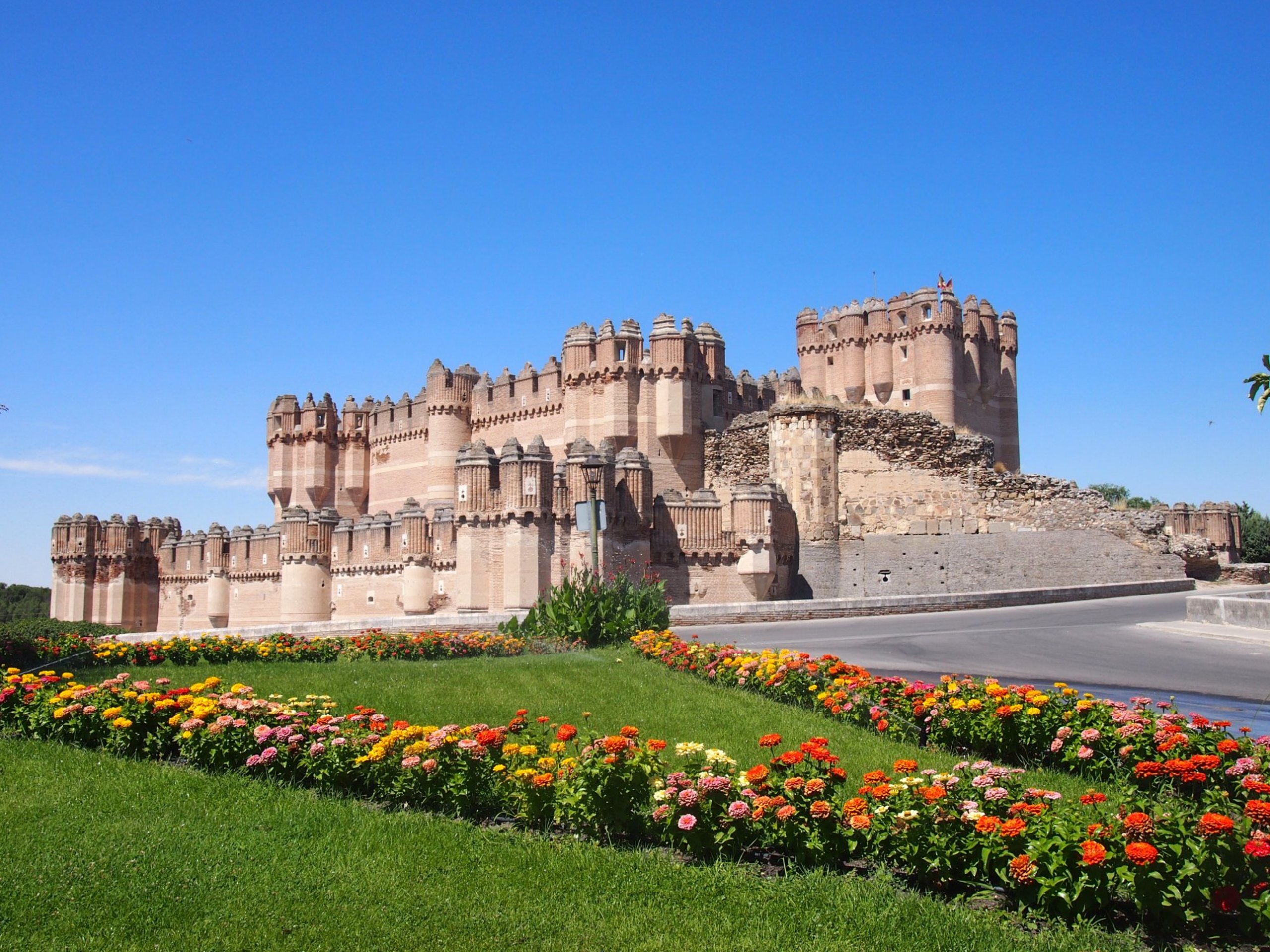In the gentle Štajerska countryside between Slovenska Bistrica and ancient Ptuj, we find one of the most beautiful Baroque palaces in Slovenia. It is the Štatenberg palace (dvorec), built at the end of the 17th century and completed around 1740 by Ignazio Maria Count von Attems of the Attems-Petzenstein family, the most important among the noble families of Friuli, originally from Cividale and for a long time among the most influential noble families of the Austro-Hungarian Empire. The Dvorec Štatenberg is located in the small municipality of Makole, about fifteen kilometres south of Slovenska Bistrica, where the Attems family also owned a castle in the centre of the town (confiscated and nationalised by the Yugoslav state after the Second World War). A few kilometres from Makole, in the locality still called Stari Grad (Old Castle), there was already in the 13th century an ancient medieval castle with the same name, which belonged to several local noble families that succeeded one another over the years, among them the famous Counts of Celje.
When the castle came into the possession of the Counts of Attems, they preferred to build a new, more comfortable and modern palace on a small hill next to Makole, which we can still admire today in its Baroque splendor.Surrounded by a small chestnut forest, Dvorec Štatenberg was designed by the Italian architect Giovanni Battista Camessina. The building has a symmetrical ground plan. Inside the walls there is a Baroque Italian garden, while the main building opposite the entrance has a wide staircase leading directly to the main floor. Elegant rooms open on both sides, with valuable frescoes and stuccoes, especially in the Knights’ Hall. The ceiling of this room is enriched with allegories of science, art and peace, as well as the four elements, earth, air, water and fire, considered a "trademark" of the Attems family.Inside the palace we find books, porcelain and period furniture, as well as an interesting "mechanical orchestra", still in working order. In the west wing of the castle we can admire a baroque chapel, unfortunately seriously damaged during a fire in 1910. The small church has not been restored and is still in poor condition. The rest of the palace has been restored on several occasions, most recently in 1989. The castle had previously been nationalised with the coming to power of Marshal Tito’s communist government and is now owned by a private company from Slovenska Bistrica.
